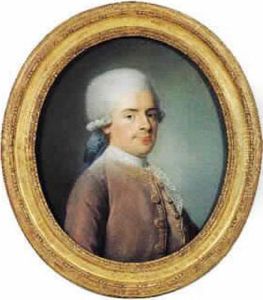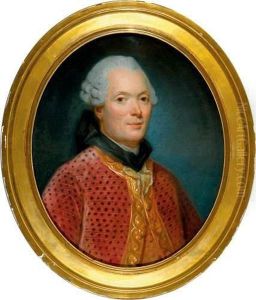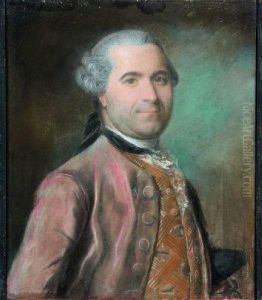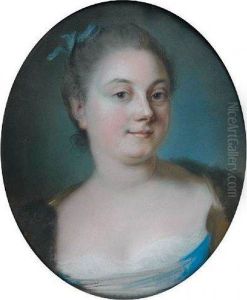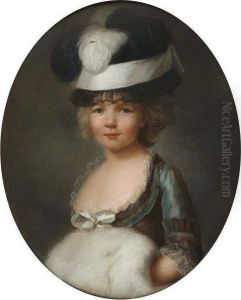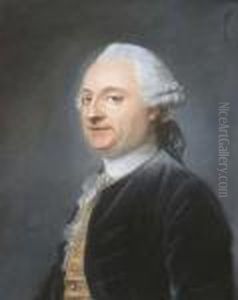Simon Bernard Lenoir Paintings
Simon Bernard Lenoir was a French painter born on March 19, 1729, in Paris. He was known for his historical and religious paintings, which were influenced by the French Baroque and Rococo styles that were prevalent during his time. His work represents a period in French art that was transitioning away from the grandeur and drama of the Baroque toward the lighter, more decorative elements of the Rococo.
Lenoir received his early training under the tutelage of François Boucher, a leading Rococo artist known for his idyllic and voluptuous paintings. Under Boucher's guidance, Lenoir developed a keen understanding of color and composition, which would come to characterize his own style. He also studied at the prestigious Académie Royale de Peinture et de Sculpture in Paris, where he honed his skills and began to establish his reputation.
Despite living through a period of significant social and political upheaval leading up to the French Revolution, Lenoir's career flourished. He became a member of the Académie Royale and received commissions for religious works and historical scenes. One of his notable commissions was for the church of Saint-Sulpice in Paris, where some of his paintings can still be seen today.
Lenoir's work was marked by a sense of elegance and clarity, with a focus on well-defined forms and balanced compositions. His paintings often depicted scenes from mythology, the Bible, and the lives of saints, reflecting the tastes of his patrons who sought art that conveyed moral and educational values.
Sadly, the French Revolution brought about a dramatic shift in the art world, and the neoclassical style rose to prominence, overshadowing the Rococo aesthetic that Lenoir represented. As a result, his work fell out of favor, and he faced financial difficulties in his later years.
Simon Bernard Lenoir died on September 14, 1791, in Paris. Although he did not achieve the lasting fame of some of his contemporaries, his contributions to French art during the 18th century remain an important part of the historical record. Today, his paintings are held in various collections and museums, offering insight into the artistic trends and cultural values of his time.
